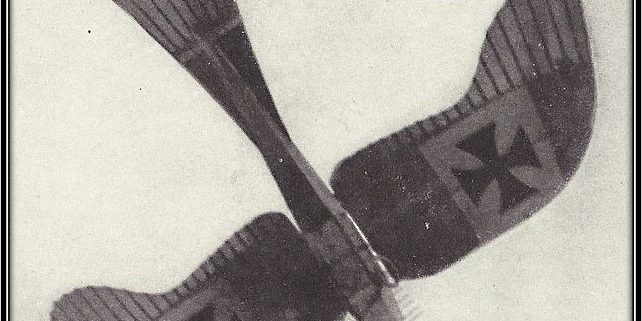On This Day in Aviation History: First Steps
Contributor: Barry Fetzer
Sources: Wikipedia, History.com
We gotta start somewhere. “The journey of a thousand miles begins” the Chinese philosopher Lao Tzu is quoted as saying, “with a single step.”
Today in 1952, my mom, two years married and 24 years old, was six months pregnant with me, her first child. A year later, mom claiming I’d “kicked her incessantly from six months until you popped out running”, I took my first steps at nine months old. Or so she claimed. I suppose it’s not uncommon for moms to embellish their kids’ achievements, especially their first born. But childhood amnesia erases my memories from that time in my life, so I’ll have to rely on what my mom told me as the “truth”.
But also today in 1952, perhaps a “step” we, in retrospect, would have been better off not taking, according to History.com, “the United States detonated the world’s first thermonuclear weapon, the hydrogen bomb, on Eniwetok atoll in the Pacific. The test gave the United States a short-lived advantage in the nuclear arms race with the Soviet Union.”
And the step of a potentially world-destroyer bomb erasing humanity from the air also began with a tiny, first step of a much smaller explosive, one of very limited effect, especially compared to the hydrogen bomb.
On the same day, today…November 1st…as the US test of the first hydrogen bomb in 1952 but 41 years earlier according to History.com, “On November 1, 1911, Italian army lieutenant Giulio Gavotti, while flying over what is now Libya, tossed three grenades out of his plane over a Turkish camp, effectively dropping the world’s first aerial bomb.

Giulio Gavotti on a Farman biplane. Image: Wikipedia.org
“Just eight years after the Wright brothers in America had accomplished the world’s first flight, the Kingdom of Italy sent several aircraft into what is now Libya, hoping to conquer territory in their war against the collapsing Ottoman Empire. Gavotti boarded one of the Italian army’s wood-and-canvas ‘Taube’ airplanes and brought four grenades with him.

View of a Taube monoplane from the ground. Image: Wikimedia.org
“He flew toward the Turkish oasis encampment of Ain Zara (east of modern-day Tripoli), and threw three of the four grenades he had—marking the first time live ordinance had been dropped out of a plane with the enemy firing back. The Ottoman Empire responded with outrage and claimed that the bombs fell on a field hospital and killed innocent civilians. The governments of Great Britain, France, Germany, Russia and the United States launched inquiries to analyze the raid, and released findings that the bombing likely caused few if any casualties, as the grenades had either not detonated or exploded over uninhabited areas of desert.
“While the assault may have had a muted collateral impact, it signaled the beginning of a new era of aerial assaults. A Berlin newspaper observed that, while airplanes and airships could not be practically used for offense and destruction, they had reconnaissance value: ‘The Italian Command is always, thanks to aircraft, informed of every displacement of Turkish troops, and knows the exact positions of them.’ A few years later, German Zeppelin airships deployed during World War I dropped bombs over European cities from Antwerp to Paris to London—heralding a time when civilians, and not just combatants, were targeted by aircraft.”
And a mere thirty-some years after the WWI Zeppelins? Hiroshima and Nagasaki were destroyed by aircraft-delivered atom bombs.
Onward and upward!
Credits: History.com, Wikipedia, Wikimedia







